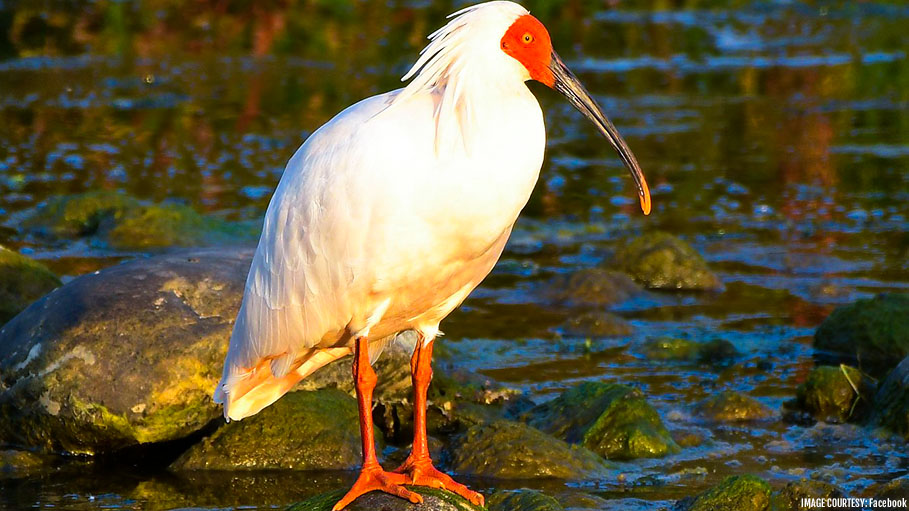The crested ibis, also known as the Toki, is an extraordinarily beautiful bird found in Eastern Asia. Despite being on the brink of extinction, this magnificent creature has made a remarkable comeback, all thanks to the collaborative conservation efforts of China, Japan, and South Korea.
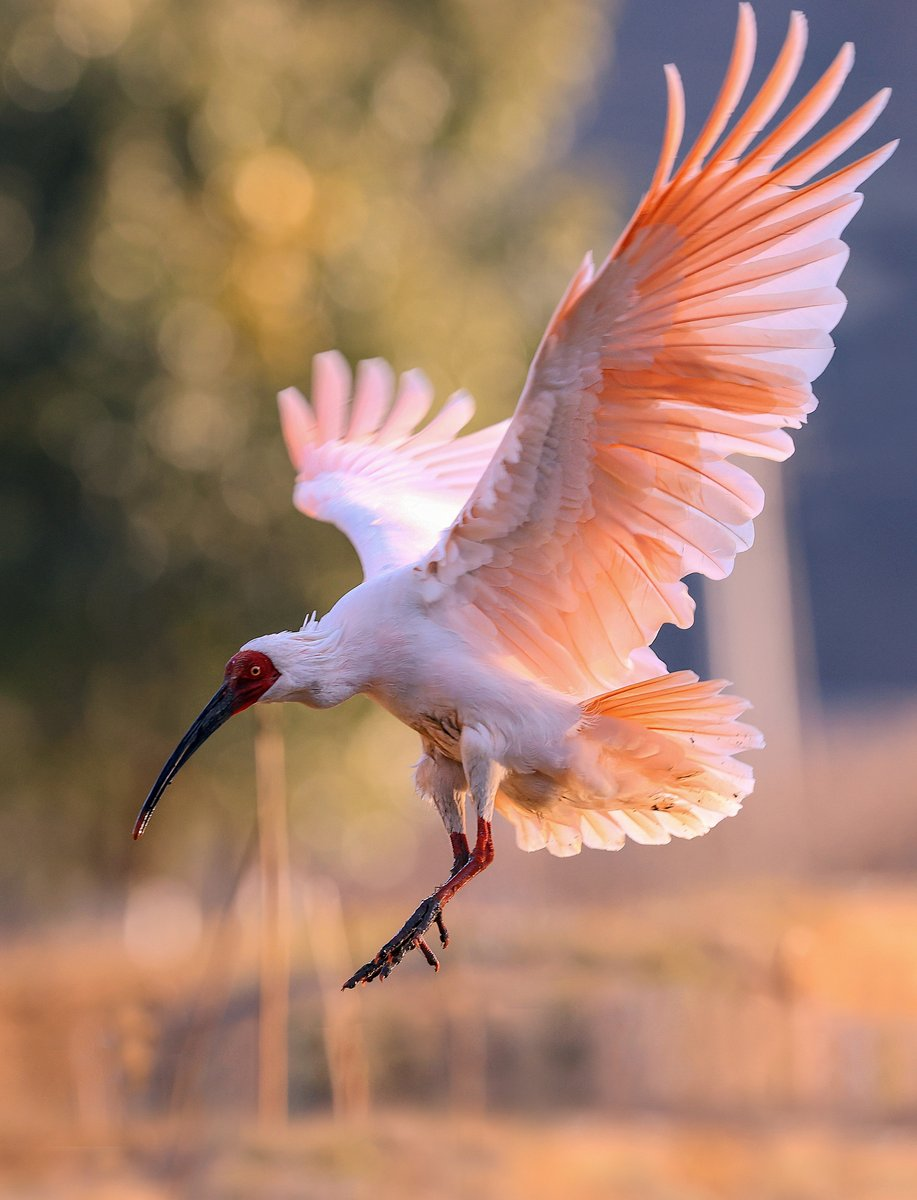
The crested ibis is a large avian species that stands at approximately 75cm tall and boasts an impressive wingspan of 130cm. It’s recognizable by its distinctive features, which include a predominantly white plumage, black primary feathers, a red facial area, and a tuft of delicate feathers atop its head.
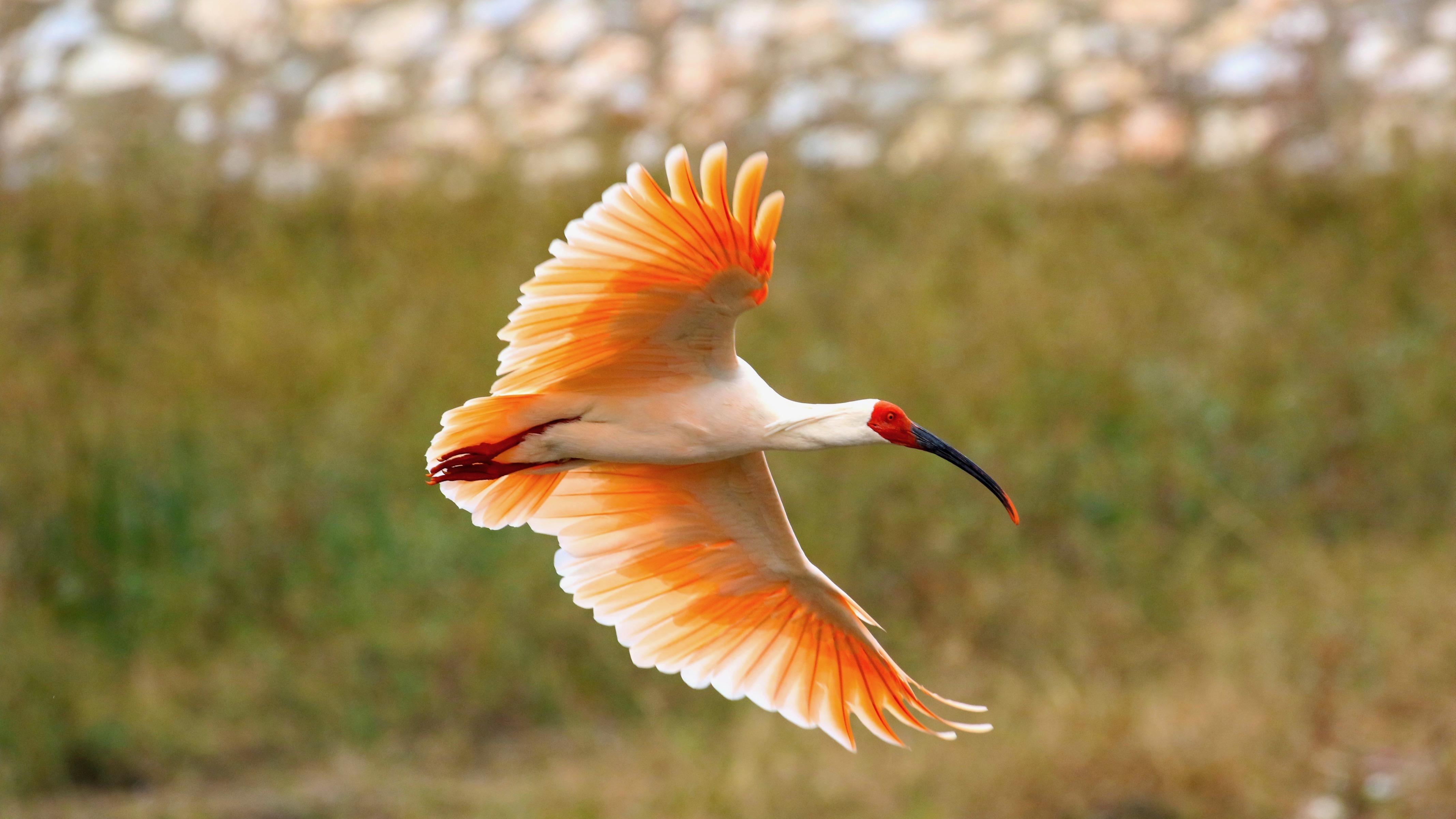
The crested ibis has been a significant part of Asian culture and has been portrayed in various forms of traditional art and literature. However, the bird faced severe threats in the 20th century, such as habitat loss, hunting, and pesticide usage, which resulted in a rapid decrease in their population.
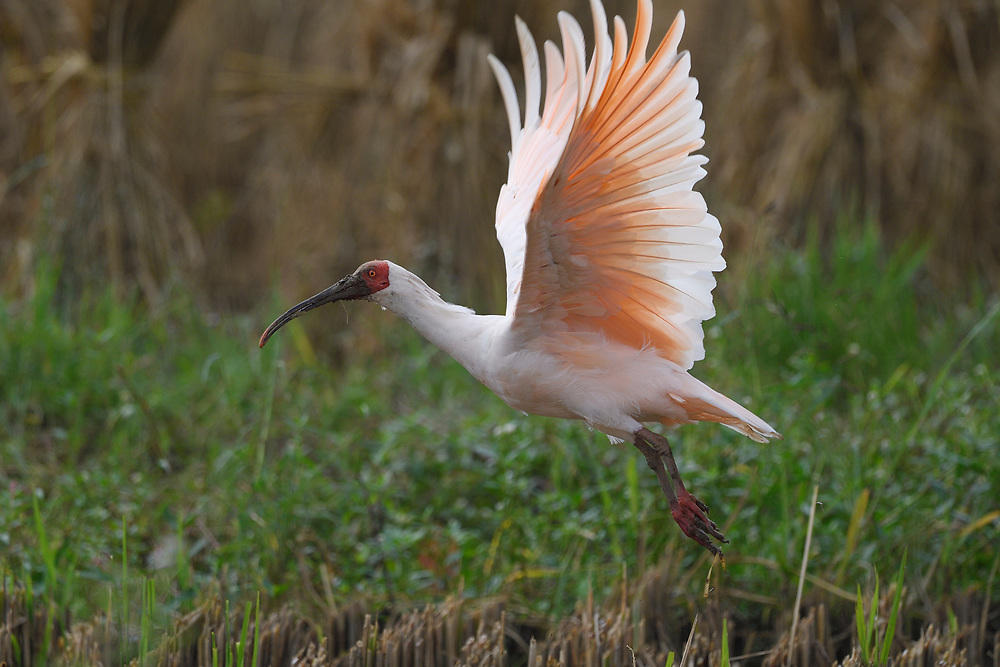
Over the course of several years, numerous individuals have invested their time and energy into preserving the Crested Ibis from extinction. In the 80s, a project was initiated in China, which involved capturing the last seven remaining birds to breed in captivity. With the unrelenting dedication of conservationists and experts, the population of the Crested Ibis has grown progressively, leading to its successful reintroduction to different natural habitats.
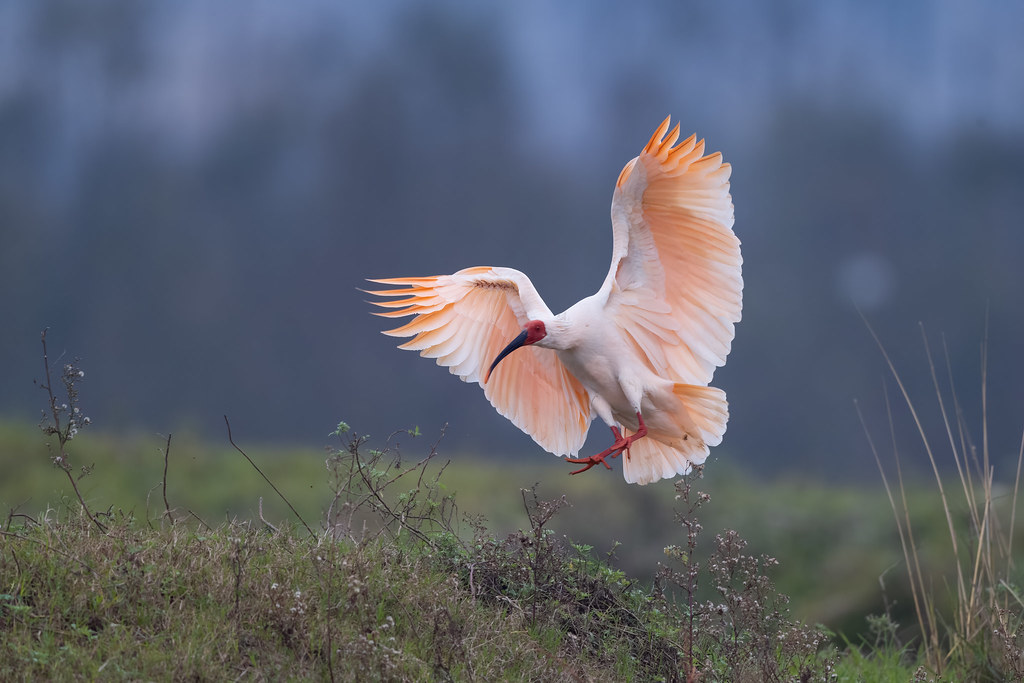
There are several measures being taken to ensure the survival of the Crested Ibis, aside from captive breeding and reintroduction. These efforts mainly focus on protecting the bird’s habitat and food sources. Some of the initiatives include restoring wetlands and forests, removing invasive species, and establishing protected areas for the ibis to breed and feed.
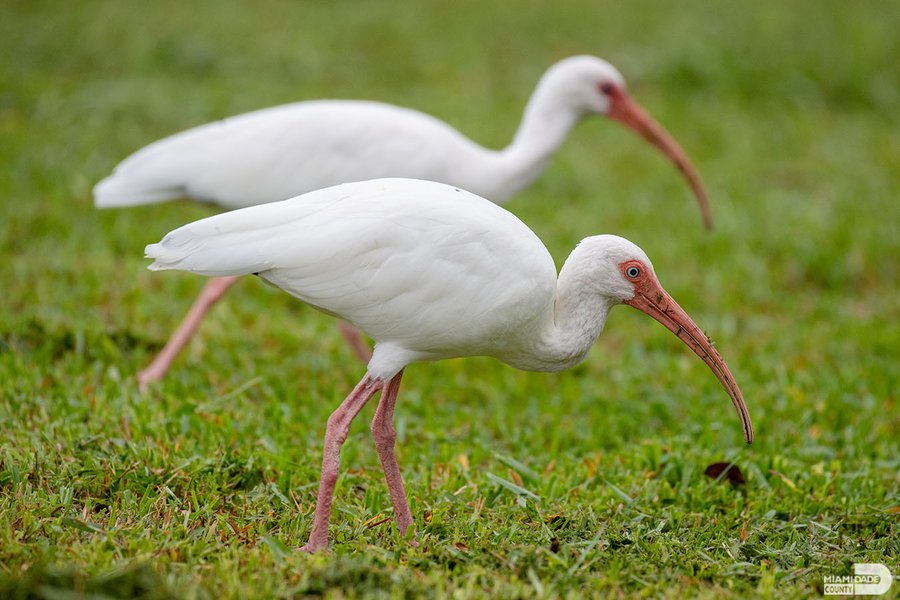
It is essential to involve and educate the community to ensure the preservation of the Crested Ibis. The locals living in the vicinity of the bird’s habitat are taking part in conservation projects while gaining knowledge about the importance of protecting the species and its ecosystem. This method not only helps in protecting the Crested Ibis but also benefits the community and their surroundings.
